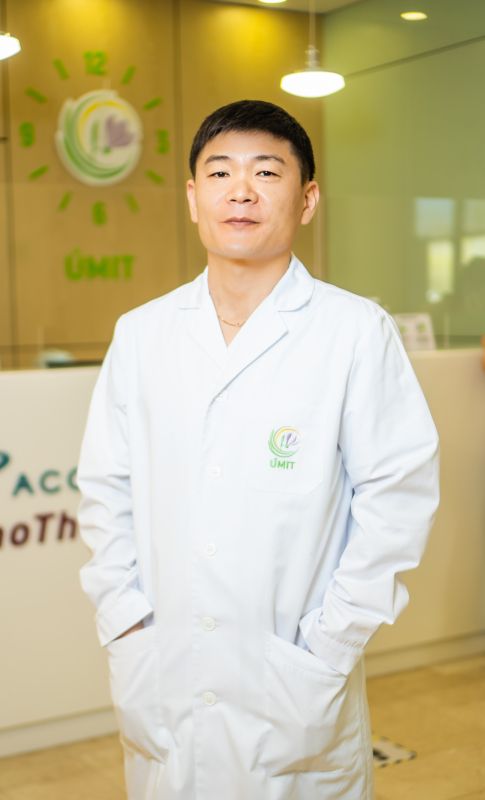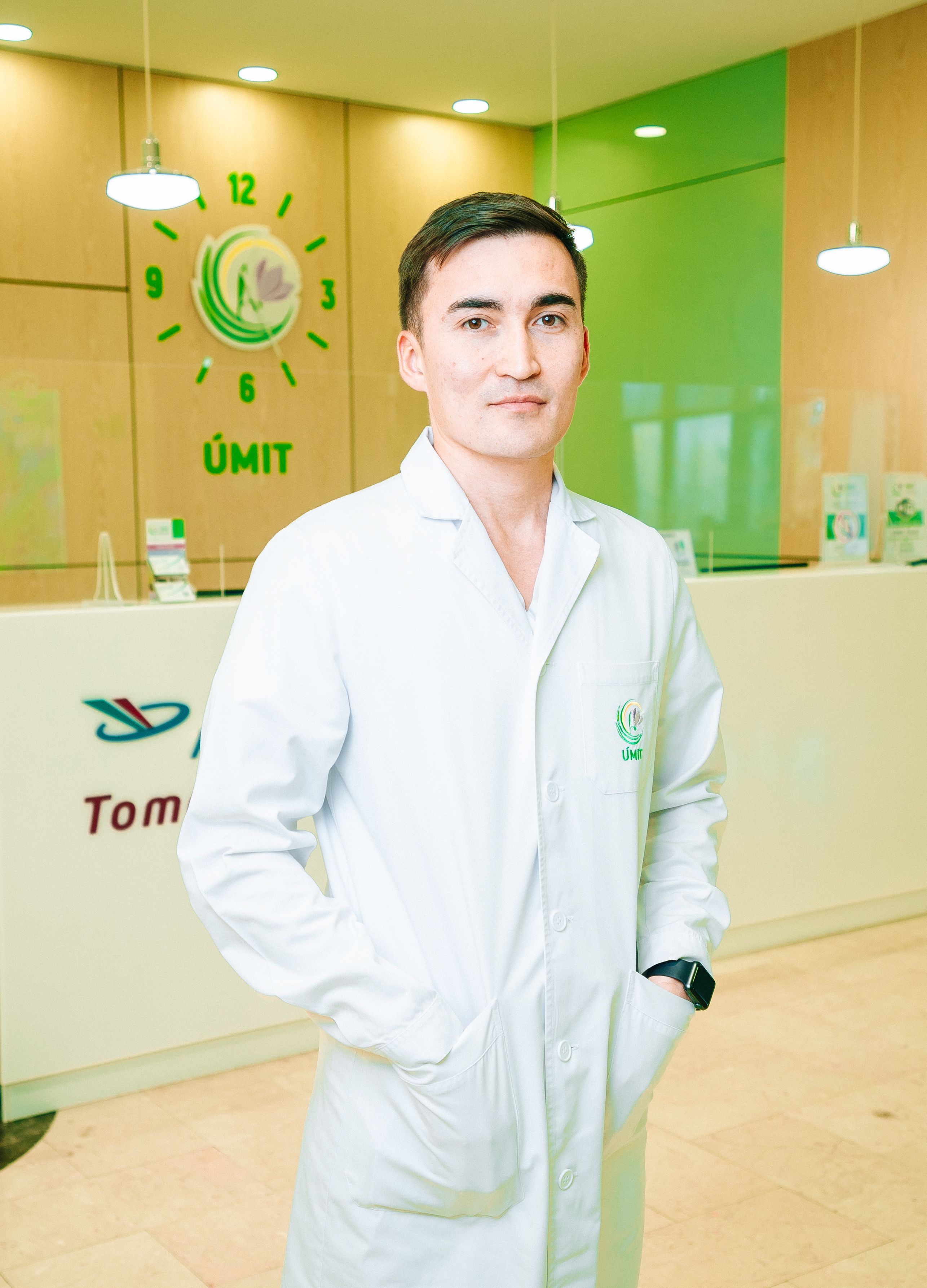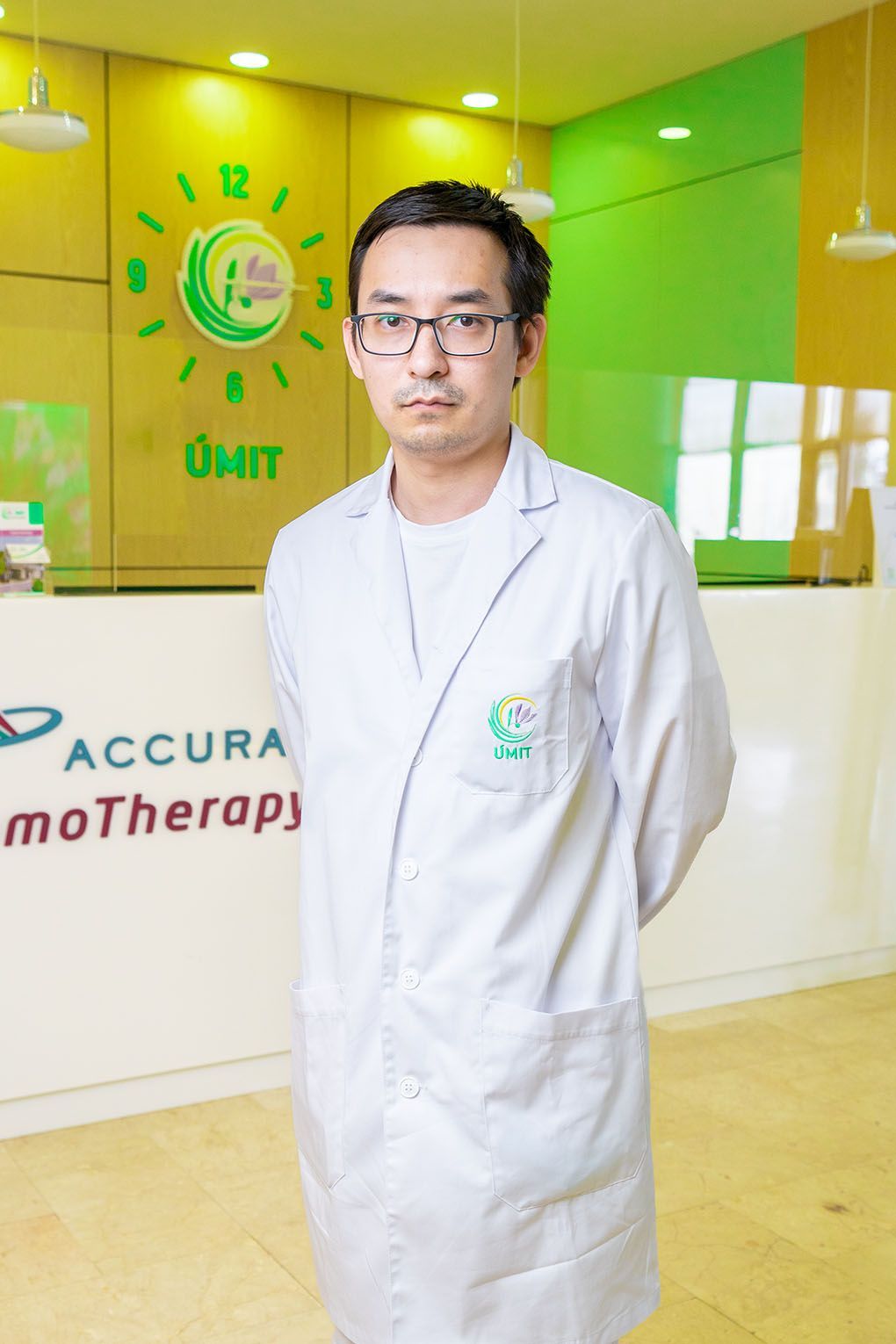TOMOTHERAPY IN PEDIATRIC ONCOLOGY TREATMENT
Pediatric oncology is always a very difficult and sad topic. Even very little children suffer from the disease like adults: they undergo surgeries, chemotherapy and radiation. And if a way is found to reduce harm and improve the effectiveness of treatment, that is always good news.
Approximately 70% of cancer patients require radiation therapy. The most important task is to deliver enough radiation to destroy abnormal cells, at the same time minimally harming healthy ones. And this is especially important in the treatment of children. Tomotherapy has become a great stride forward in this direction. We have already told about the advantages of this method here: TOMOTHERAPY — A GOOD HOPE FOR CANCER PATIENTS.
The UMIT Oncological Tomotherapy Center (Astana, Kazakhstan), is the first cancer treatment medical center in Kazakhstan and Central Asia, where the most effective type of radiation therapy in the modern world - tomotherapy - is used to combat oncological neoplasms.
The UMIT Oncological Tomotherapy Center accepts patients from near and far abroad, both adults and children, for the treatment of oncological diseases, providing high treatment standards, highly qualified human resources, advanced achievements of science and technology, and safe practices with proven clinical efficiency.
Tomotherapy is a new type of radiation therapy. Think of that one device combines:
- a completely new form of radiation therapy with intensity that can be modulated,
- the accuracy of computed tomography,
- the most advanced programs for planning and delivering radiation therapy.
Cancerous tumors can be different in size, complex, with invasion into healthy tissues, and can be located in hard-to-reach places. To "kill" a tumor, it is necessary that the sufficient radiation dose hits exactly the target, evenly affect all zones of the cancerous tumor from all sides, not scatter and affect the surrounding healthy tissues as little as possible.
Computerized imaging allows to create three-dimensional images of a tumor, clearly define the boundaries of healthy tissues, avoiding irradiation of organs and tissues that are located close to the tumor. Side effects and complications typical for radiation therapy are minimized in this method, and a patient's rehabilitation period is several times shorter.
Exactly such advanced devices are installed at the UMIT Oncological Tomotherapy Center. How they are used in the treatment of pediatric oncology, says Boris Viktorovich Tsoy, the Head of the Radiology Department.
- What side effects do children get after radiation therapy?
- Side effects after radiation therapy in children are the same as in adults, but there is some specific nature. It should be taken into account that a child has growth zones, a child grows, his bones grow. Side effects in children are slightly less pronounced due to more active regenerative processes. And also the radiation doses they receive are slightly less. As a rule, children recover faster after treatment. In children, long-term complications play more important role, but, unfortunately, we have no data on what happens to a child after 10, 15 years.
For tomotherapy, we accept children from one and a half year, with absolutely all types of cancer: these are oncological diseases of the brain, soft tissues, and internal organs. But everything is individual here: indications, types of treatment received, condition of the patient himself are considered, only after that the decision is made.
- Are young patients sedated before tomotherapy?
- In Kazakhstan, three centers perform radiation therapy: the National Scientific Oncological Center in Astana, the Oncological Dispensary in Astana, and Kazakh Institute of Oncology and Radiology in Almaty (KazIOR). Sedation of children is performed at the KazIOR in Almaty and in our UMIT Oncological Tomotherapy Center.
For this purpose, we have pediatric anesthesiologists involved in this procedure. Sedation is performed so that small patients do not move and make the radiation accurate enough. Anesthesiologist conducts consultation, and if there are no contraindications, sedation is done. If there are contraindications, then we change the treatment method or look for some other solutions.
For each child, a special fixing device is made - mattresses, masks, which repeat all the contours of a child's body. This is an individual set for the treatment period.
- Will the child receive additional irradiation during preparing for radiation therapy while being in a room with the tomotherapy machine?
- There is irradiation only at the moment the tomotherapy machine is turned on. Modern radiation therapy equipment does not have a constant irradiation source, as it used to be on older devices. Now radiation appears only at the moment the device is turned on.
All the time that a child is in the room and preparing for the treatment session, he is not exposed to any risk of additional irradiation.
- How is tomotherapy for children performed?
- Our UMIT Oncological Tomotherapy Center works on an outpatient basis, there is no in-patient hospital, a patient comes for treatment and after treatment goes home. As for the children, they are hospitalized at the National Scientific Center for Mothers and Children and come to our center for radiation therapy procedures every day.
First, an initial consultation of doctors, a council is appointed, a decision is made that at this stage radiation therapy is needed, then the preparatory stage begins: an individual mask and mattress are prepared, depending on the tumor location. Next, we scan the patient on a CT machine, get the images that the radiation oncologist works with. On the basis of these images, the doctor outlines the target organ to be irradiated and the surrounding organs to be protected.
For example, if a tumor affects the lower third of esophagus, the doctor directly outlines the area to be irradiated - this may be not only the tumor itself, but also the affected lymph nodes and metastases. And he also outlines the organs at risk - in this case, the spinal cord, lungs, heart, kidneys, liver, that is, everything that is nearby.
Then the oncologist transfers the plan to medical physicists, who are given a clear task -what dose should be delivered to the target - single and total. The physicist calculates how the machine will irradiate and deliver the dose to the target.
Treatment time depends on the plan. The more complex the plan, the longer time of each session will be.
The last stage of preparation is a complete check of the entire plan on a phantom. If the treatment session on the phantom with all the planned treatment doses was successful, only after that patient is accepted for treatment.
Before each treatment session, computed tomography is performed, during which the patient's images are compared with the plan, even minimal displacements of 1-2 mm are detected. The radiation therapy session begins only after such a comparison.
We have an agreement with the Moscow Rogachev Center (Dmitry Rogachev National Medical Research Center of Pediatric Hematology, Oncology and Immunology), which is engaging in pediatric oncology, and we try to send them the data of all difficult cases in order to get the second opinion.
All stages of a thorough preparation and the treatment process on the tomotherapy machine are organized so as to accurately deliver the required dose to the target, while maximizing the protection of the surrounding healthy organs and minimizing the risks of side effects. This is of great importance in the treatment of pediatric oncology.
- Tomotherapy is the only method of total body irradiation in children with leukemia before bone marrow transplantation.
- Yes it is. In the tomotherapy machine, the radiation source spirally rotates around the table on which a patient lies, and in addition, the table itself moves back and forth, at the certain time the collimator leafs open and release the dose into the target. Due to this, a much larger area of irradiation is achieved, about 135 cm in length, which allows one plan to irradiate the spinal cord and brain from all angles. For example, on a conventional linear accelerator, you have to stop treatment several times, move the table and turn on the radiation again, because of this, there are joints, boundaries where an under- or overdose is possible.
Before bone marrow transplantation, children undergo total irradiation of the whole body. Those clinics that use tomotherapy before bone marrow transplantation have much better results than without such prior irradiation.
- How many tomotherapy sessions does one little patient need?
- On average, about 20 tomotherapy sessions for children. The treatment is structured as follows: 5 days of therapy, then two days of a break for recovery. We work every day, without days off and holidays.
At the UMIT Oncological Tomotherapy Center, there are two machines available, this allows not to depend on the possible failure of one of the machines, there is always another one, we also have our own service engineer, who does not need to be called and waited, he is always here, 24/7.
Parents of children with cancer have the right to choose tomotherapy as a radiation therapy method. We have been working for almost 3 years, and we have certain results. After the treatment, we do a control diagnostics, after a month and after three months: CT, MRI, ultrasound, PET, since the treatment effect lasts after the end of radiation therapy for another 1.5-2 months. Oncologists see the difference in treatment results, leave their feedback and refer patients to us.
- - - - - - - - - -
We have already written that patients with cancer who are registered at an oncological dispensary at their place of residence in the Republic of Kazakhstan can receive a quota for tomotherapy treatment. Tell your treating oncologist about a new method of radiation therapy - tomotherapy, write to info@tomo.kz, send your medical history. You will receive an answer within 24 hours.
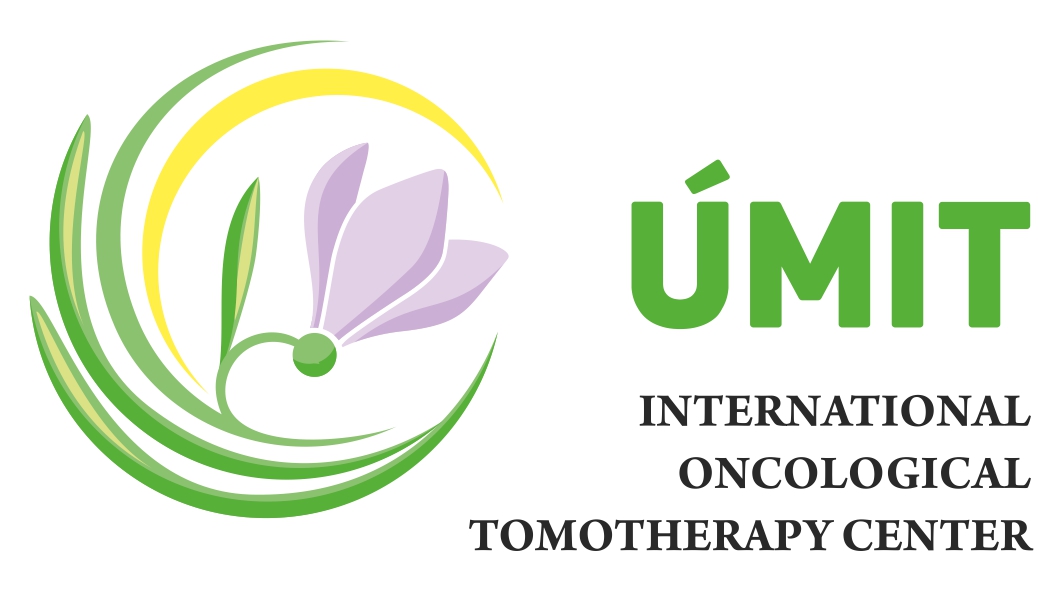

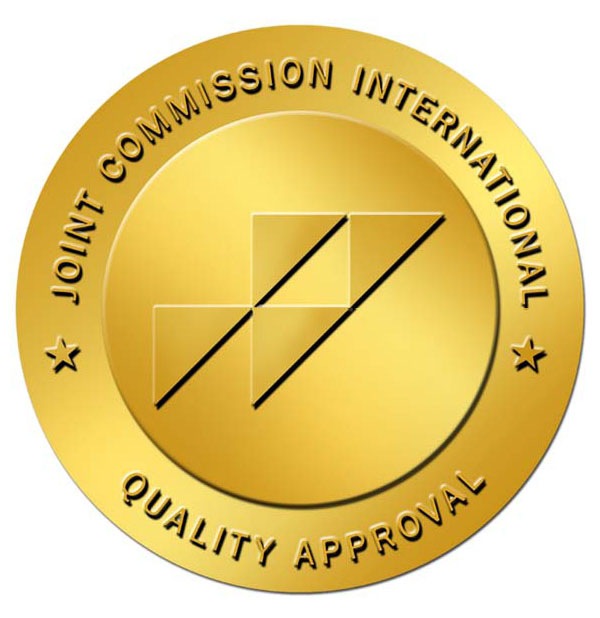
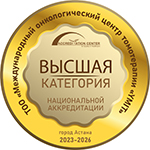



 public offer
public offer







